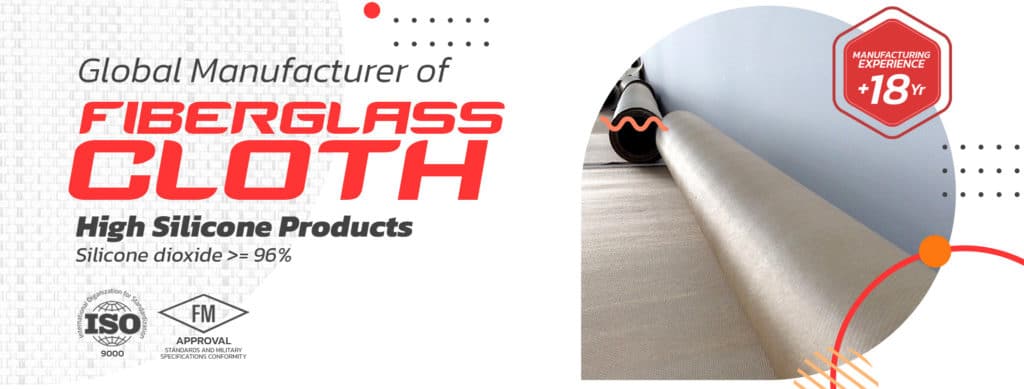
Fiberglass or glass fibers are composite materials used in manufacturing equipment that is often used daily. These components are made of glass fibers arranged in a more modern way. The Ancient Greeks melted glass and then stretched it into thin fibers in the past. This process occurred in 1930.
Now, the process of making fiber from glass is more modern than in the past. Various tools are also produced from this modern composite material. Then how is the manufacturing process in this modern era? Let’s take a closer look.
Contents
How To Make Glass Fiber
Fiberglass is made of a material called silica sand. The material is melted until it reaches a temperature of 1720⁰ Celsius. In the manufacturing process, this material continues to experience stages of refinement, although there are still the same steps in the 1930s. Now, glass fiber makers are using the method of combining high heat or cooling more quickly, in another step of the old process.
In the process of making glass fibers, there are five steps in outline. The five processes are batching, smelting, fiberization, followed by fiber coating, then drying and packaging.
Batching Process
In general, commercial glass fiber is made of silica. However, it does not rule out the addition of other materials, thus creating new properties that will be useful in the application of certain goods. An example of adding other materials to fiber made of glass is the process of making E-glass.
Initially, E-glass was made to use electrical applications. The raw material consists of aluminum oxide, lime, and magnesia, which are developed into an alkali. This alternative lye can withstand the original soda-lime glass. Then, the material is added with boron oxide.
The goal is to increase the difference concerning temperature. Where later the E-glass will melt and will form a crystal structure to prevent clogging of the nozzles. These materials are grouped so that they will produce certain types of glass fibers according to market demand.
Melting Process
After the process of grouping the glass fiber-making materials, then the materials are brought to a furnace which is heated with a temperature of up to 1400⁰ Celsius. The goal, the material will be melted first. In general, the furnace used is divided into three parts to flow through the glass.
The first part serves to receive the glass at the time of melting. In this process also occurs the removal of bubbles. The liquid material is then transferred to the purification section, with a lower temperature, which is around 1370⁰ Celsius.
The last part of the furnace is the part for the fireplace. Under the furnace, there are approximately four to seven bushings. Where will it function to extrude the molten glass into fiber form? For additional information, the large furnace has several ducts. The ducts in the furnaces are connected to their respective fireplaces.
Fiberization Process
The process of making glass fibers requires a combination of damping and extrusion. In the extrusion process, the molten glass will come out of the fireplace through the bushing. These bushings are made of erosion-resistant platinum, with fine bores of 200 to 8,000.
The bushing plate is preheated electronically; then, the temperature is precisely controlled to maintain the viscosity of the glass. As the molten glass exits the bushing, the jetted water cools the filament. The temperature in this process can reach 1204⁰ Celsius.
Coating Process
This process has already entered the final stage, namely chemical coating, the size is applied. Usually, the coating is added between 0.5-2.0% by the weight of the glass. This coating consists of a lubricant and a connecting material. Lubricants are added to protect the filaments from breaking or abrasion when they are wound into the forming package.
When the material is at the weaving stage, the binder serves to strengthen the fiber into a solid form. Some chemicals are only compatible or compatible with polyester resins, as well as some temporary epoxies. Some chemicals that strongly support fiber performance include PPG, OCV, and AGY.
Packing Process
Before the glass fibers are packaged, the material must go through a drying stage first. The finished filaments are collected and tied into a bundle consisting of 51 to 1624 filaments. The strands are wrapped around a drum, which forms a large skein of yarn. The filament, which is still wet with water, then dried in an oven.
Once dry, the fiberglass is ready to be shipped, or it can be reprocessed into the chopped fiber, yarn, or roving. Therefore, this fiber is widely applied to equipment that is often used. It can be a dry filament, roving, or yarn made into a fabric.
We provide glass fibers products for your needs. Silicapro is a fiberglass manufacturer that applies this process in its production. To get the best price, please call the contact number listed.
